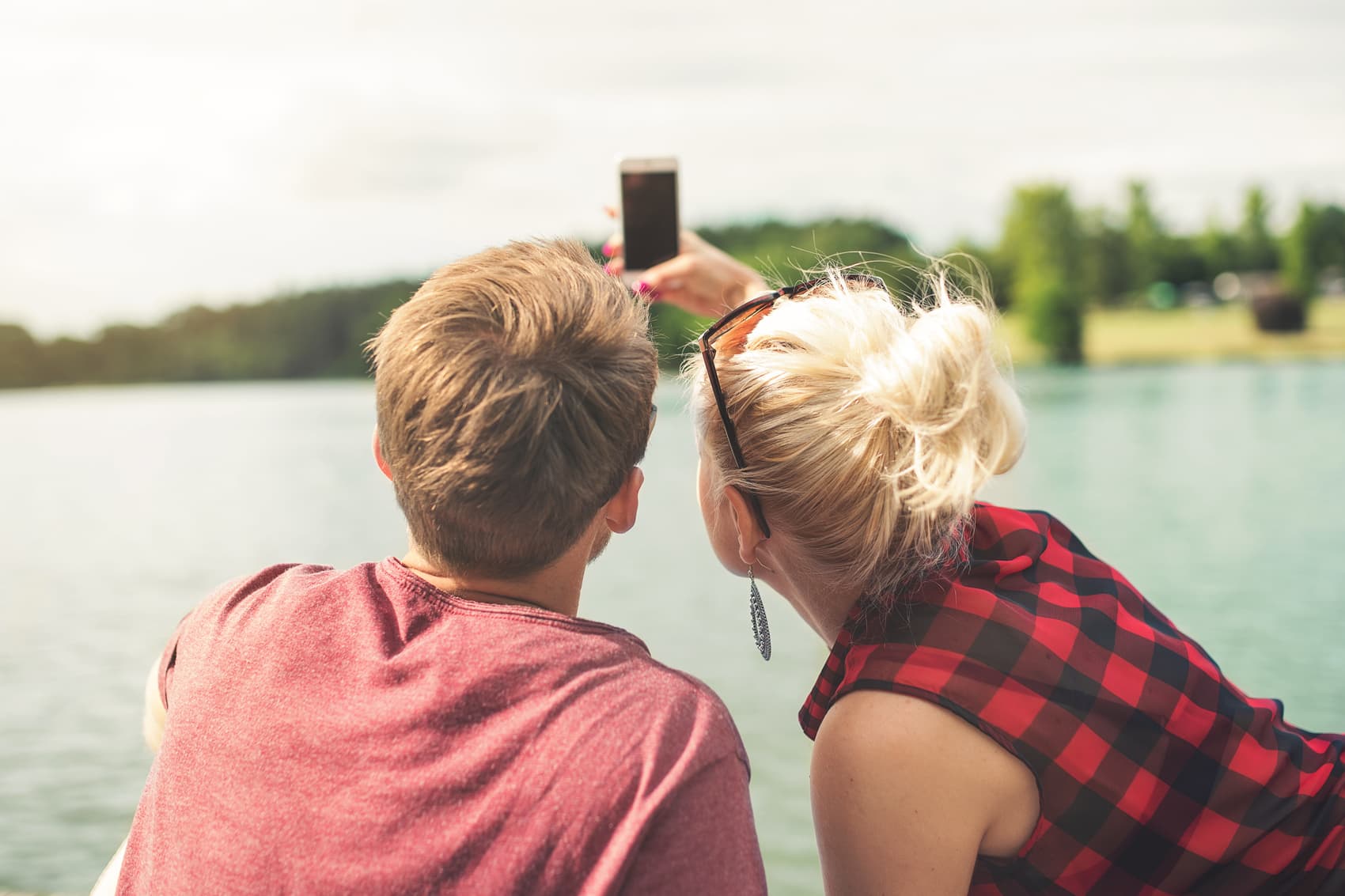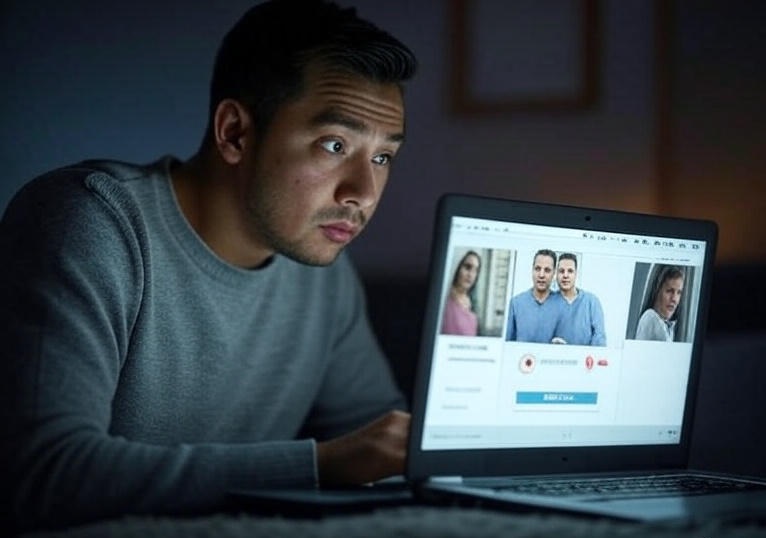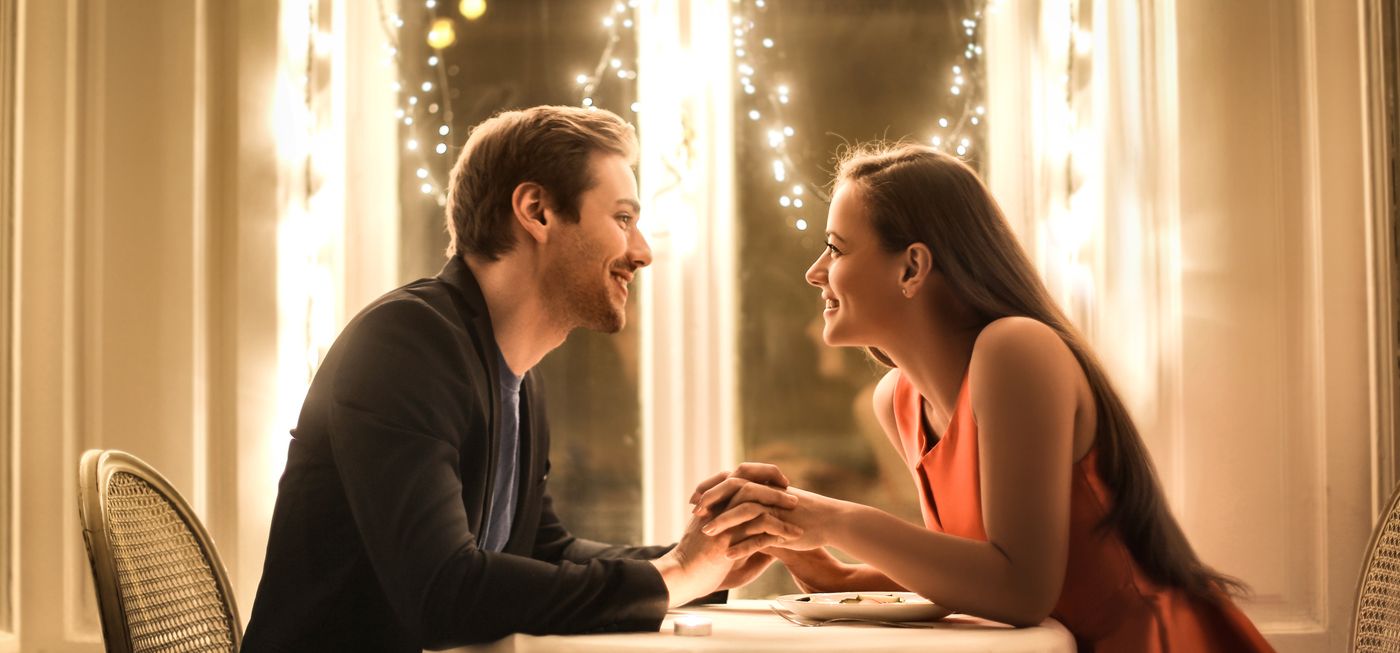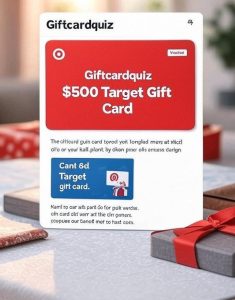What is Mainstream Dating?
What is Mainstream Dating? Navigating Love in the Modern Age
Mainstream dating refers to the most widely practiced and socially accepted forms of romantic interaction in a given culture, typically involving two people exploring compatibility with the potential for a relationship. In the USA, mainstream dating has become a blend of traditional in-person meetups and technology-driven connections, shaped by societal norms, media influence, and digital platforms. This 600-word article explores what mainstream dating entails, its characteristics, challenges, and its role in contemporary romance.
Defining Mainstream Dating
Mainstream dating encompasses the prevalent ways people meet and form romantic connections, reflecting cultural expectations and accessible platforms. In the USA, it often involves one-on-one interactions—such as dinners, coffee dates, or movie outings—aimed at assessing mutual interest, emotional connection, and long-term compatibility. Unlike niche dating practices (e.g., polyamory or arranged marriages), mainstream dating aligns with what most people recognize as “typical” courtship, often pursuing monogamous relationships, though not always with immediate commitment.
The hallmark of mainstream dating is its accessibility. It’s designed for the masses, requiring minimal specialized knowledge or subcultural affiliation. It’s portrayed in media—think rom-coms like The Notebook or reality shows like The Bachelor—and reinforced by societal norms that encourage finding a partner through socially sanctioned channels.
Characteristics of Mainstream Dating
- Diverse Meeting Points: Mainstream dating occurs through everyday avenues: mutual friends, workplaces, social events, or, increasingly, online platforms. Dating apps like Tinder, Bumble, and Hinge dominate, with over 50% of Americans aged 18–29 having used them, per Pew Research. These apps make meeting potential partners efficient and socially normalized.
- Casual to Committed Spectrum: Mainstream dating ranges from casual “hanging out” to exclusive relationships. Many start with low-pressure dates, like grabbing drinks, before progressing to deeper emotional or physical intimacy.
- Technology-Driven: Online dating is a cornerstone of mainstream dating. Apps use algorithms to match users based on preferences, location, or interests, making it easy to connect with strangers. Profiles, swipes, and messaging have replaced traditional courtship rituals for many.
- Individual Choice: Unlike historical or culturally specific practices, mainstream dating in the USA emphasizes personal agency. Individuals choose partners based on attraction, shared values, or lifestyle compatibility, rather than familial or societal pressures.
- Flexible Norms: While traditional dating once followed rigid steps (e.g., man initiates, formal courtship), mainstream dating is fluid. Either party can initiate, and conversations about boundaries, consent, and intentions are increasingly common.
The Role of Technology
Dating apps have redefined mainstream dating. Platforms like OkCupid or Match.com offer curated matches, while Bumble empowers women to message first, aligning with modern gender dynamics. Social media, like Instagram or TikTok, also plays a role, with users sliding into DMs or bonding over shared content. This tech integration makes dating more accessible but introduces challenges like superficial judgments based on photos or the pressure to craft a perfect online persona.
Challenges of Mainstream Dating
Mainstream dating isn’t without hurdles. The abundance of options on apps can lead to “choice overload,” where users struggle to commit or feel dissatisfied with matches. Ghosting—abruptly cutting communication—is a common frustration, with 30% of daters reporting being ghosted, per a 2023 survey. Misrepresentation, like exaggerated profiles or catfishing, erodes trust. Additionally, the casual nature of mainstream dating can blur intentions, leaving some unsure if their date seeks a fling or a future.
Financial costs also add up. Dates at restaurants or activities, plus premium app features, can strain budgets. For example, a single dinner date in a major US city averages $50–$100. Emotional tolls, like rejection or mismatched expectations, further complicate the experience.
Rewards and Appeal
Despite challenges, mainstream dating offers unique rewards. It’s a gateway to meaningful connections, from fleeting romances to lifelong partnerships. The flexibility allows individuals to explore what they want—whether a casual fling or a soulmate—while learning about themselves. The variety of platforms and approaches caters to diverse preferences, making it inclusive for different ages, backgrounds, and orientations.
Mainstream dating also reflects cultural progress. Open discussions about mental health, consent, and diversity have reshaped expectations, fostering healthier interactions. For many, the thrill of meeting someone new, sharing a laugh, or discovering chemistry makes the journey worthwhile.
Tips for Navigating Mainstream Dating
- Be Clear About Intentions: Communicate whether you want casual fun or a serious relationship to align expectations.
- Prioritize Safety: Meet in public for first dates and verify identities on apps.
- Balance Online and Offline: Use apps to connect but focus on in-person chemistry to build genuine bonds.
- Manage Expectations: Not every date leads to love; embrace the experience as a learning opportunity.
- Stay Authentic: Present your true self to attract compatible partners.
Final Thoughts
Mainstream dating in the USA is a vibrant, evolving practice that blends tradition with technology, offering endless ways to connect. It’s accessible, flexible, and reflective of modern values like choice and authenticity. While challenges like ghosting or choice overload exist, the potential for connection and self-discovery makes mainstream dating a cornerstone of romantic life. Whether swiping on an app or meeting through friends, it’s a journey of possibility, inviting everyone to find their version of love.




Post Comment